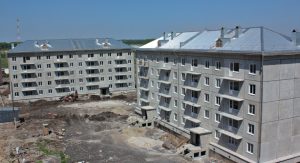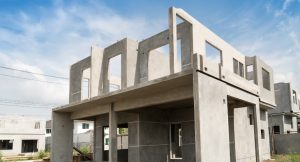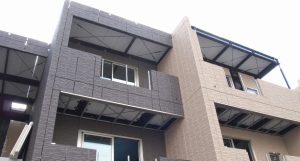As prefabrication methods become more well-known, the building sector is changing, and conventional building methods are being transformed.
Using off-site manufacturing allows building experts to assemble components in controlled surroundings, thus improving quality control, lowering waste, and hastening schedules.
This creative technique not only improves resource use but also solves typical problems, including delays caused by weather, increasing the sustainability and efficiency of projects.
Stakeholders are adopting prefabrication as the advantages of this approach are clearer and clearer. This will open the path for a new building, stressing efficiency, safety, and environmental responsibility.
How Prefabrication is Changing the Construction Process?
The Rise of Prefabrication in Construction

As off-site production methods increase, the building sector is seeing a noteworthy change. Companies like JP Concrete (jpconcrete.co.uk), specialising in precast concrete products, are helping builders improve quality control, cut waste, and simplify project schedules by grouping parts in controlled conditions.
This strategy not only helps to maximise resources but also decreases the effect of delays connected to weather. Incorporating prefabrication changes conventional building techniques and produces more sustainable construction approaches as the benefits of prefabrication grow more generally known.
Benefits of Prefabrication in the Construction Industry
Many benefits from prefabrication greatly improve the building process. The shorter building time is one of the most obvious advantages since components may be produced concurrently with site preparation, enabling speedier project completion.
Since most of the assembly takes place in a factory environment, this approach also encourages better on-site safety, reducing the hazards related to conventional building environments.
Another important consideration is cost efficiency since less manpower and material waste help to cut general expenses. Moreover, the accuracy of industrial production usually results in better quality finishes, guaranteeing that buildings satisfy client expectations and strict criteria.
Challenges and Limitations of Prefabrication

Prefabrication has certain difficulties, even if it has many benefits. Smaller companies may find great difficulty in the initial outlay needed for building production facilities and procuring specialised equipment.
Furthermore, any design flaw can result in expensive changes and delays depending on exact measurements and standards. Large, prefabricated components’ transportation to the building site can also provide logistical problems, particularly in urban environments with limited access.
Moreover, combining prefabricated components with conventional building techniques might lead to difficulties requiring trained workers to guarantee flawless assembly and conformance to building codes.
Future Trends and Innovations in Prefabrication

New technologies will help to improve prefabrication in construction’s capacity even more. Customised components made possible by innovations, including modular design and 3D printing, may be produced quickly and precisely.
Additionally, enabling real-time production process monitoring and guaranteeing quality control and best use of resources is the integration of smart technologies—including IoT devices.
As sustainability takes the front stage, developments in environmentally friendly materials and energy-efficient architecture will probably be rather important in determining the direction of prefabrication. These trends seek to build more durable and flexible buildings that satisfy society’s changing needs and increase efficiency.
The advent of prefabrication in buildings marks a fundamental change towards more creative, sustainable, and effective building methods. Using off-site manufacturing’s benefits would help the sector drastically cut building times, increase safety, and lower costs while upholding high standards.
While logistical complexity and initial investments still exist, further technological and material innovation will probably solve these problems and open the path for more general acceptance.
As consumers of prefabrication keep embracing it, the building scene is changing to produce strong structures that fit modern needs and environmental concerns.




